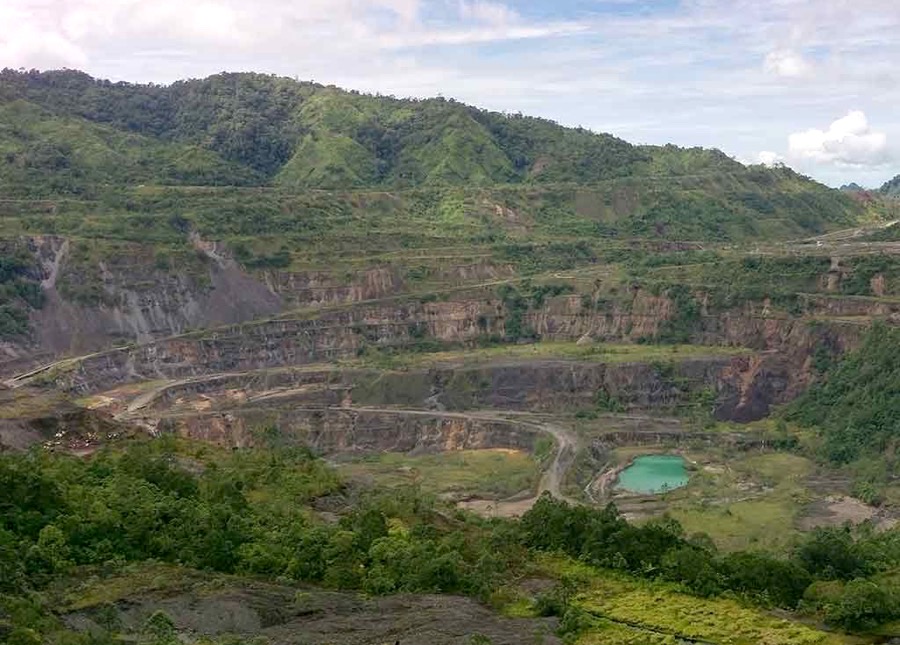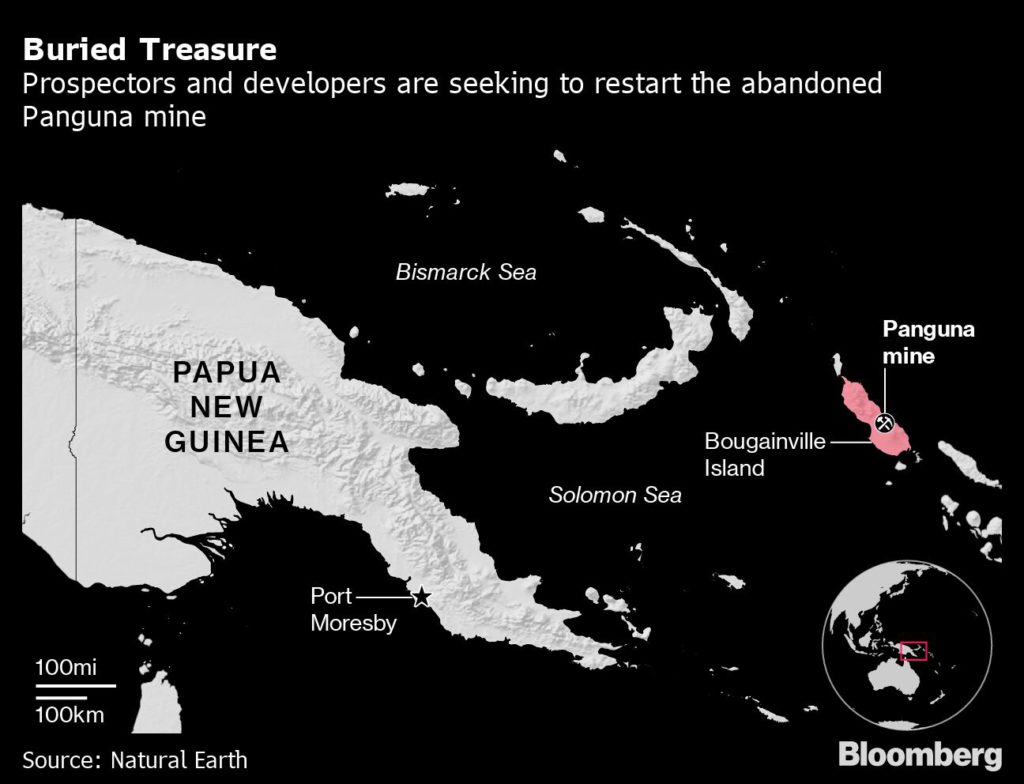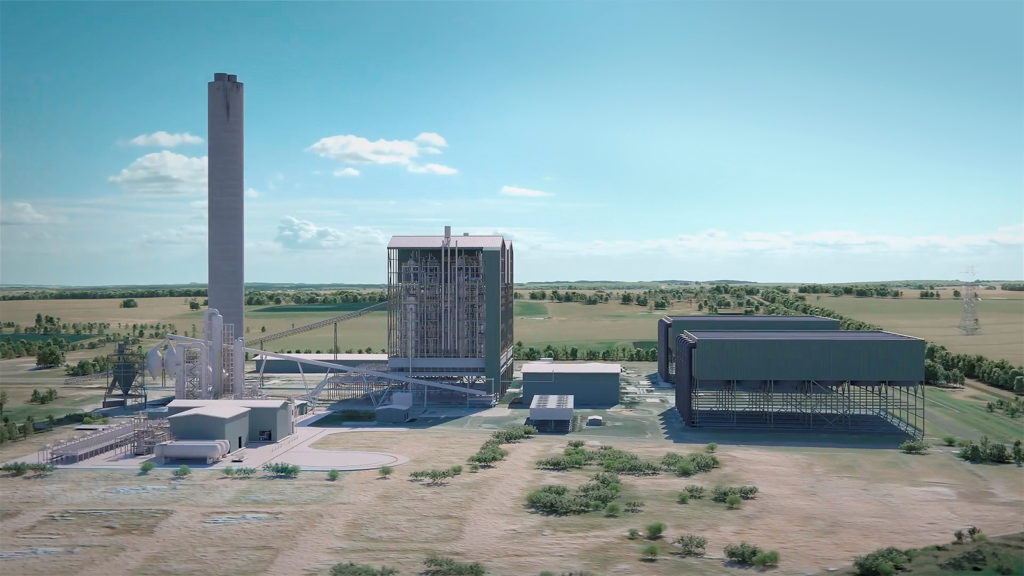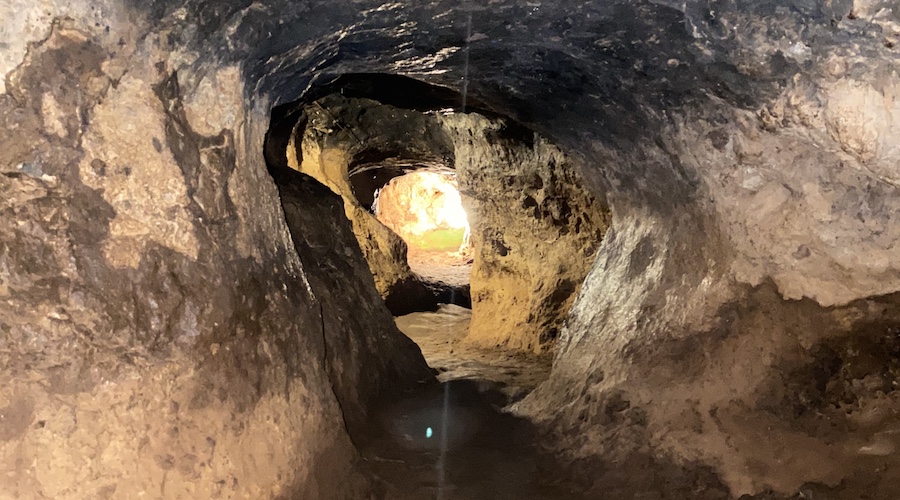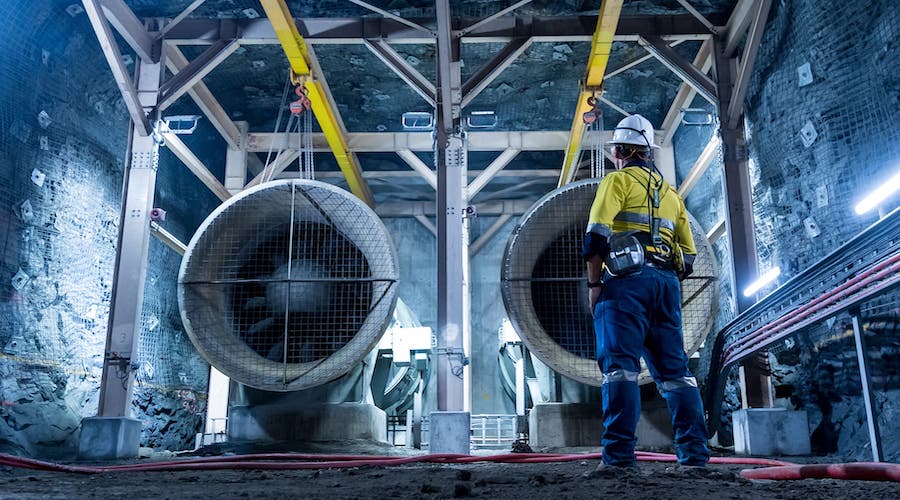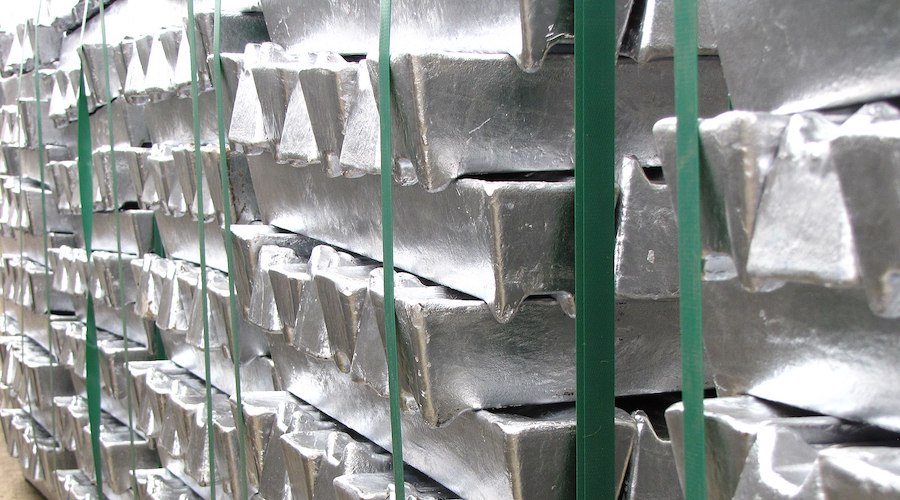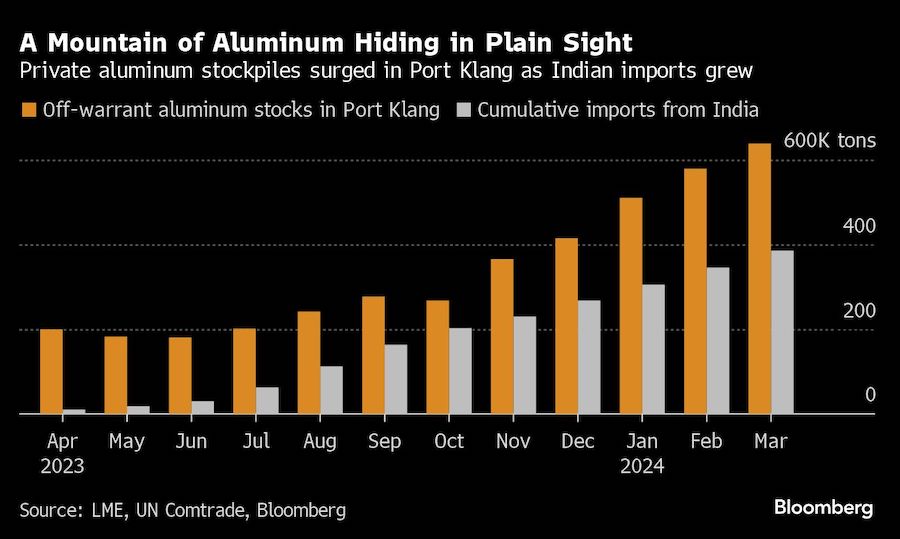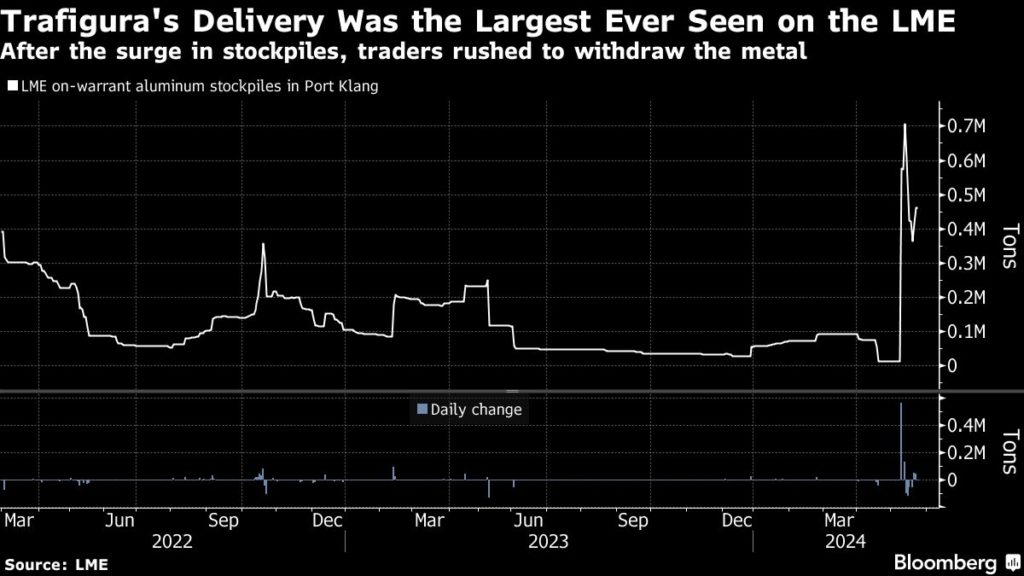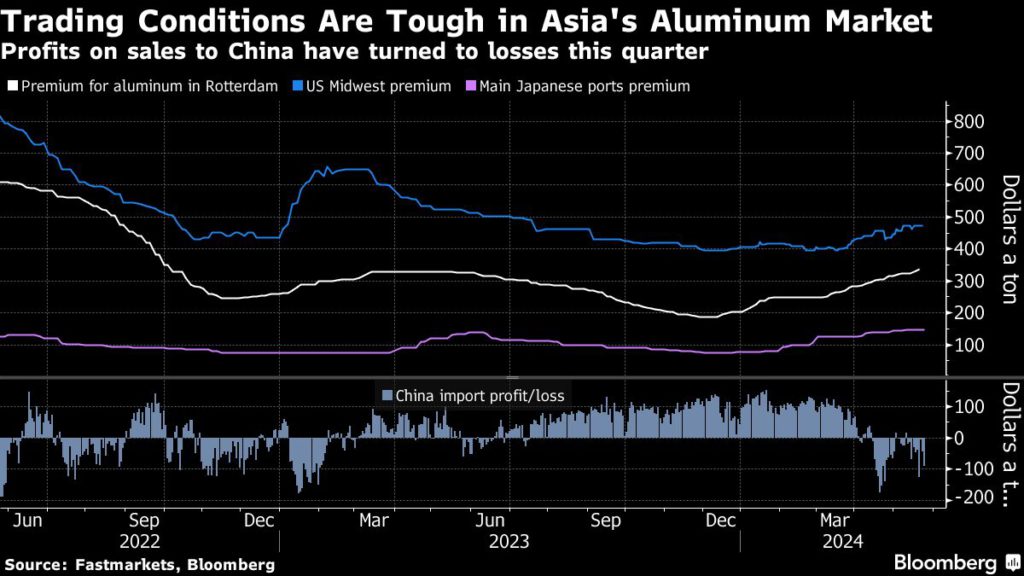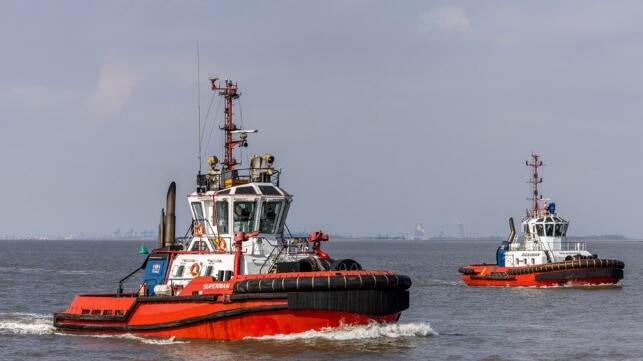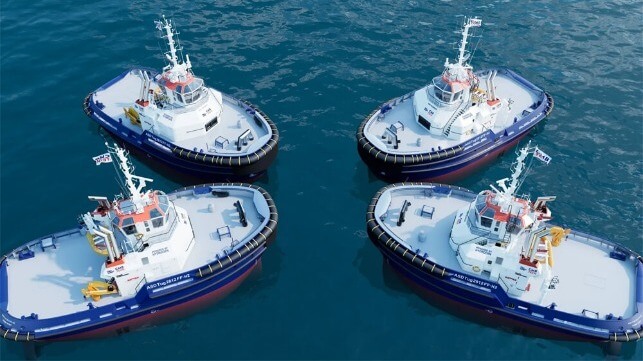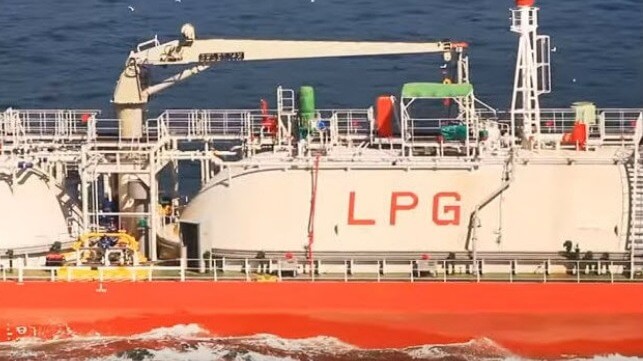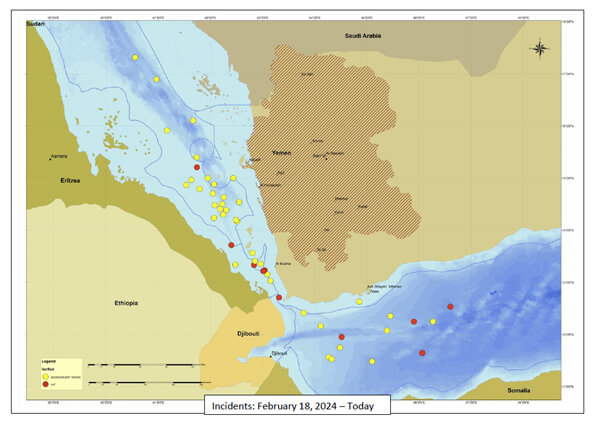IAEA's Grossi highlights continued Zaporizhzhia power supply concerns
24 May 2024
International Atomic Energy Agency Director General Rafael Mariano Grossi has said concerns continue over the impact potential disruption to off-site power could have at Ukraine's nuclear power plants.
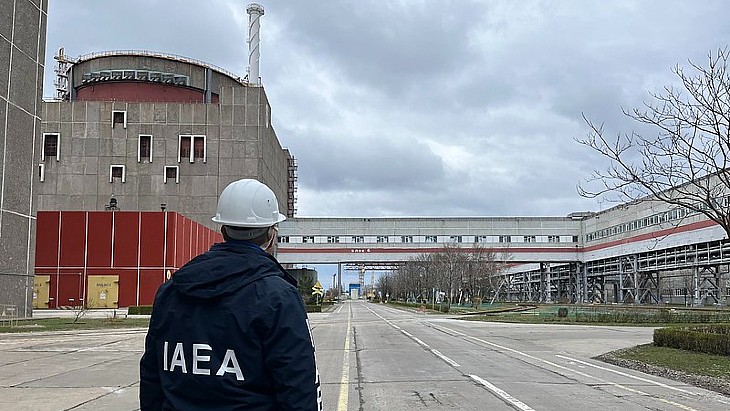 (Image: IAEA)
(Image: IAEA)He was speaking after Zaporizhzhia nuclear power plant (ZNPP), which has been under the control of the Russian military since early March 2022, had to rely on its last remaining 330 kV back-up external power line for more than three hours on Thursday.
According to the IAEA the disconnection of the 750kV Dniprovska line happened at 13:31 local time, about six kilometres from plant's switchyard, in Russian-controlled territory. The plant told the IAEA that it was caused by a short-circuit and that it was reconnected at 16:49.
Before the conflict the plant had four 750 kV and six 330 kV lines, compared with one of each at the moment. It also has an expanded fleet of emergency diesel generators to provide power for essential safety functions in case all external power is lost.
Grossi said: "For Europe's largest nuclear power plant to depend on one or two power lines is a deep source of concern and clearly not sustainable. Our concerns also extend to the operating nuclear power plants across Ukraine, where a disruption to off-site power supplies could have very serious implications for nuclear safety."
He reported that the IAEA team stationed at Zaporizhzhia continued to hear explosions at various distances from the plant: "For the outside world, the situation ... may have appeared relatively calm in recent weeks, since the drone attacks on the site confirmed by our experts in mid-April. But this is not the way we see the situation on the ground. The stark reality is one of constant danger. The nuclear safety and security situation at the site remains extremely vulnerable."
The IAEA team has continued to carry out observations at the plant, and this week visited the main warehouse facility, outside the plant perimeter, where they saw spare parts and "the team noted that much of the electrical equipment originated from western suppliers and was delivered prior to the start of the armed conflict". The IAEA said it was told by the ZNPP that the transition to a new procurement system was almost complete for procurement from potential suppliers in the Russian Federation.
The IAEA has had staff stationed at the Zaporizhzhia nuclear power plant since September 2022 as part of efforts to reduce the safety risks to a facility which is on the frontline of Russian and Ukrainian forces. It also has experts present at the Khmelnitsky, Rivne and South Ukraine nuclear power plants and the Chernobyl site - they all report that "nuclear safety and security is being maintained despite the effects of the ongoing conflict, including air raid alarms on several days over the past week".
Researched and written by World Nuclear News
.jpeg?ext=.jpeg) (Image: Kyoto Fusioneering)
(Image: Kyoto Fusioneering)